In the intricate dance of life, sunlight often takes center stage as the essential force that fuels growth and sustains the vibrant hues of our botanical companions.
However, for those seeking to cultivate greenery in spaces with limited access to natural light, the prospect of nurturing plants that thrive in the shadows becomes an intriguing and practical consideration.
The allure of plants that don’t need sunlight extends beyond mere convenience—it opens up a world of possibilities for transforming indoor environments into lush, verdant havens.
In this exploration of light-independent flora, we unravel the reasons why embracing plants that flourish in low-light conditions is not just a choice in horticulture but a pathway to creating thriving and dynamic ecosystems within the comfort of your home.
Discover the unique charm, resilience, and transformative potential of these shade-loving botanical companions, and let the absence of sunlight become an opportunity for cultivating a garden that defies the conventional boundaries of the great outdoors.
1. Spathiphyllum (Peace Lily)
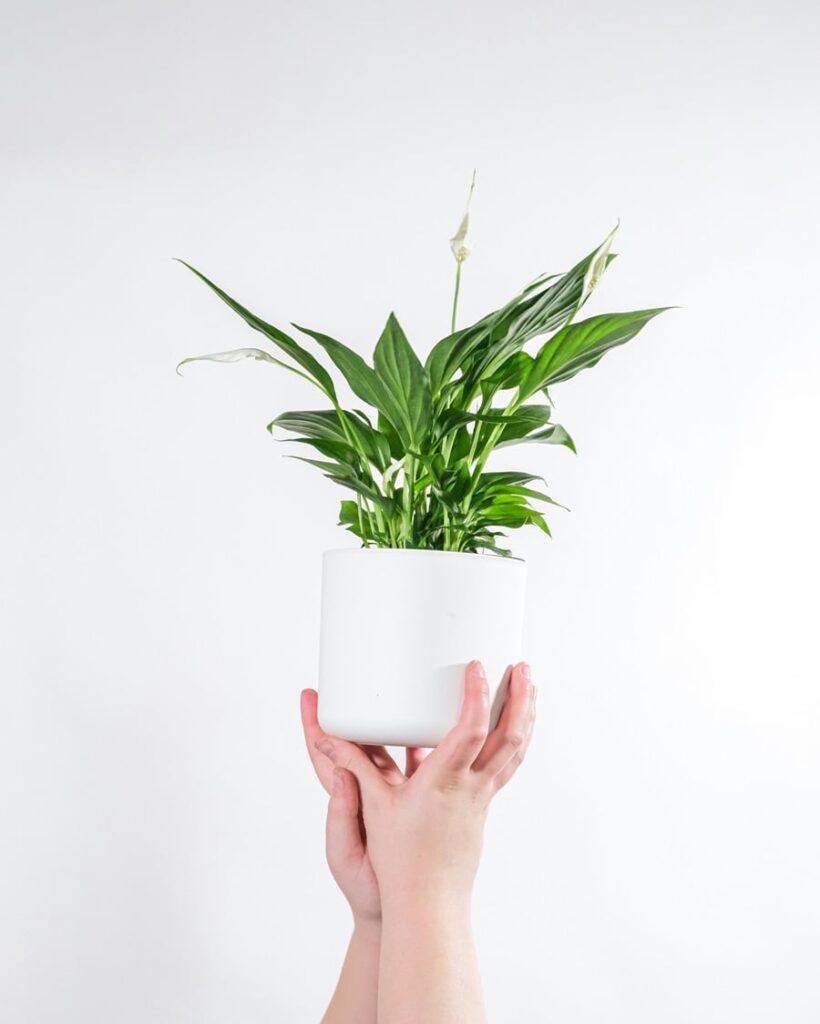
The Spathiphyllum, commonly known as the Peace Lily, is a symbol of tranquility and elegance.
With glossy, dark green leaves and distinctive white spathes, this plant exudes a timeless beauty that complements any indoor space.
Beyond its aesthetic appeal, the Peace Lily is renowned for its air-purifying qualities, making it a health-conscious addition to your home.
Thriving in low-light conditions, it is an excellent choice for spaces where sunlight is scarce.
2. Sansevieria
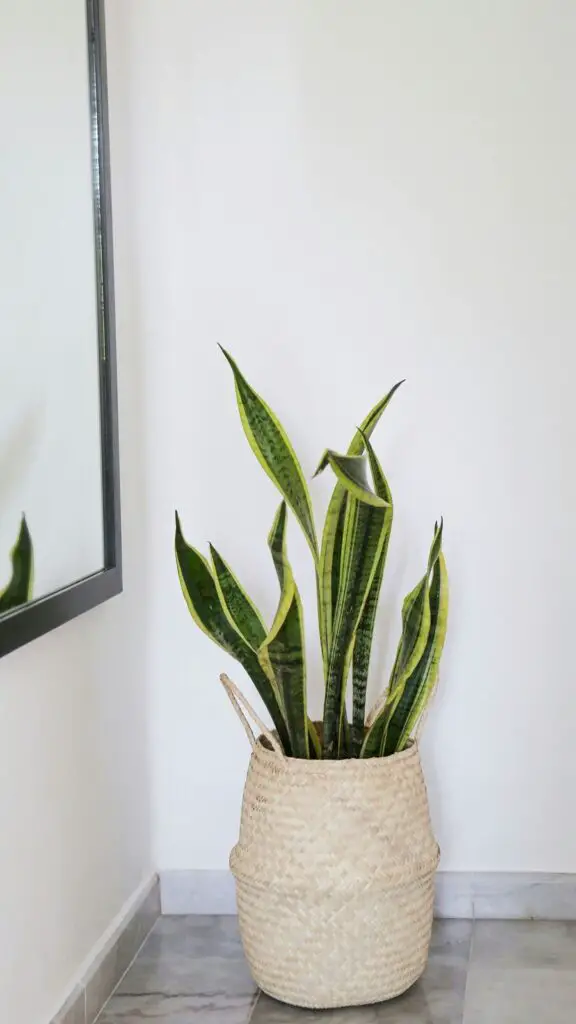
Sansevieria, or the Snake Plant, is a hardy and adaptable plant with stiff, upright leaves that boast intriguing patterns.
Its architectural form and variegated colors make it a striking choice for any interior.
Sansevieria is practically indestructible and thrives in low light, making it a perfect companion for spaces with minimal sun exposure.
It not only adds a touch of modern flair but also contributes to better indoor air quality.
3. Bromeliad

Bromeliads are tropical gems with vibrant, long-lasting foliage and unique flower spikes.
These plants come in a range of colors, from rich greens to fiery reds, adding a splash of exotic beauty to indoor settings.
Bromeliads are low-maintenance and adapt well to low-light conditions.
Their stunning appearance and minimal care requirements make them a delightful choice for those seeking a touch of the tropics in their home.
4. Calathea
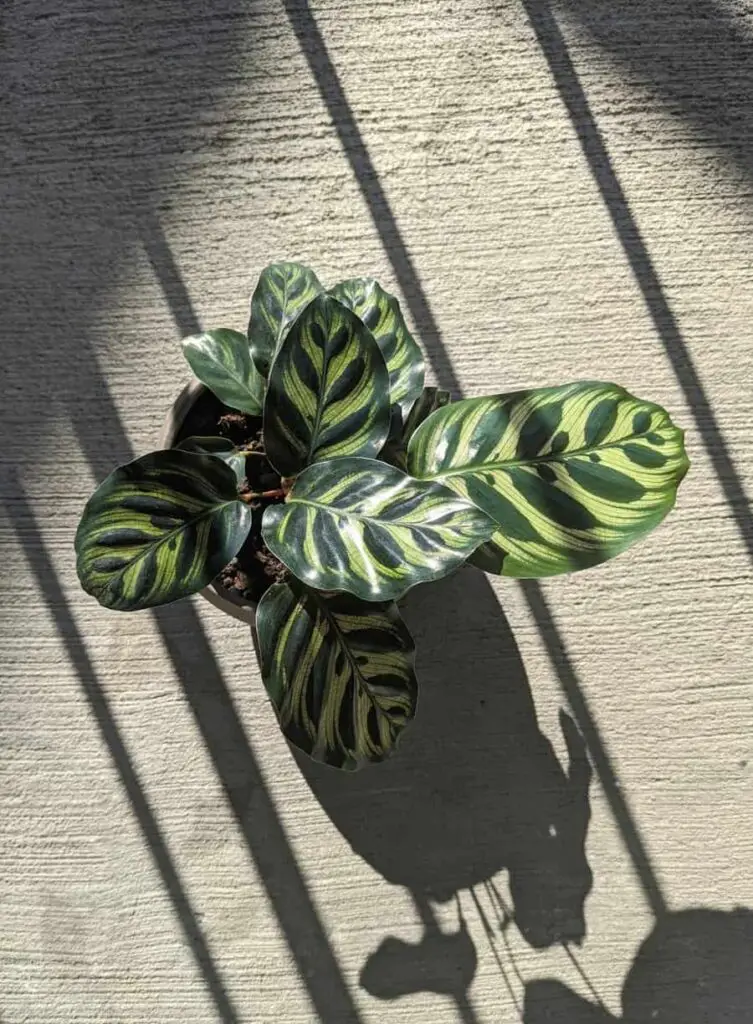
The Calathea is an indoor plant known for its large and vibrant leaves, which often feature striking and colorful patterns. It’s an excellent choice to have in your home due to its ornamental beauty and ability to thrive in environments with indirect light and high humidity.
The Calathea is a perennial herbaceous plant that can reach heights of 60-90 centimeters. Its large, oval-shaped leaves are intense green with edges in colors like pink, white, purple, or yellow. These leaves have a soft, velvety texture, making them the plant’s main attraction. Although some varieties can produce small spike-shaped flowers, its true charm lies in its decorative foliage.
5. Ficus benjamina
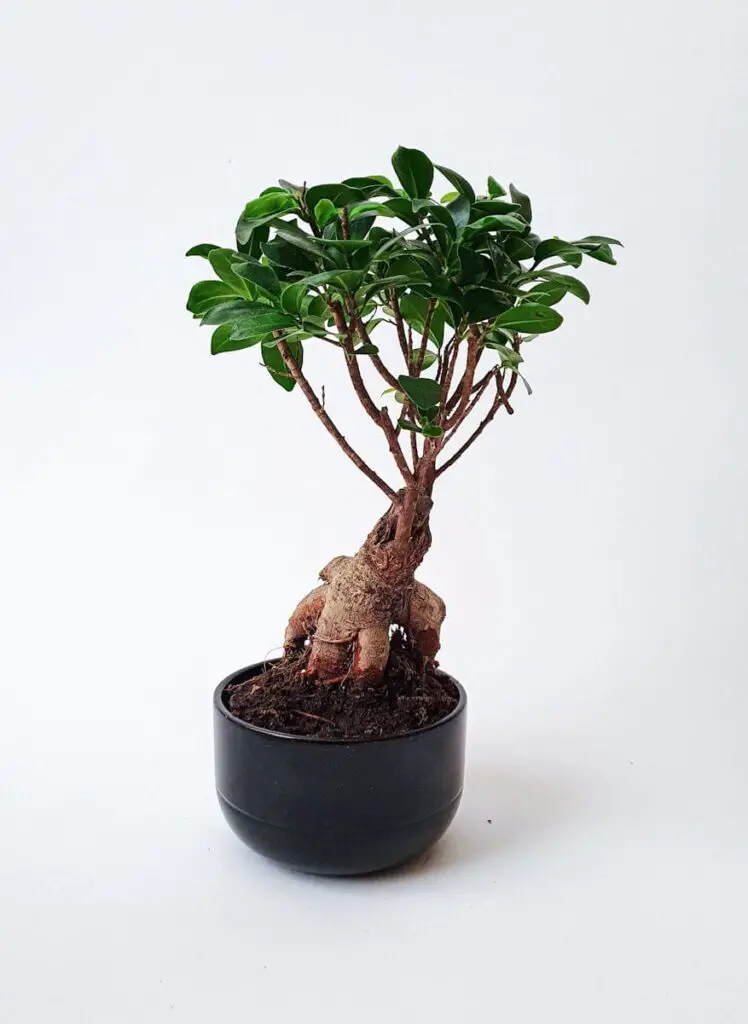
Ficus benjamina, commonly known as the Weeping Fig, boasts lush, cascading foliage and a graceful silhouette. Its slender leaves add a touch of sophistication to indoor spaces.
This ficus variety is well-suited for low-light conditions, making it a versatile choice for interior landscapes.
Its adaptability and visual appeal make it an excellent addition to homes or offices with subdued lighting.
6. Aloe Vera
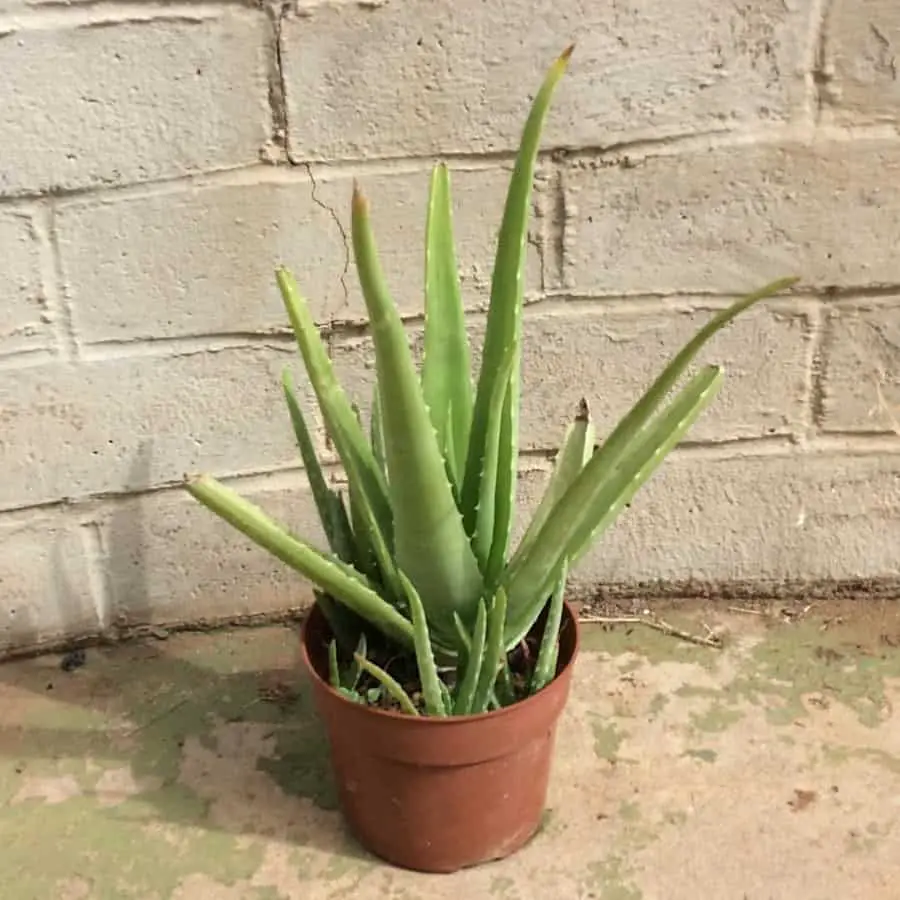
Description: Aloe vera, known for its succulent leaves filled with soothing gel, is a resilient and practical addition to indoor spaces.
Its upright growth habit and minimal care requirements make it a popular choice.
Aloe vera is not only renowned for its soothing properties but also for its ability to thrive in low light.
Place it on a windowsill or in a corner, and let this versatile plant bring a touch of greenery to your space.
7. Hydrangea

Hydrangeas are known for their large, lush blooms and are typically associated with outdoor gardens.
However, certain varieties, like the indoor hydrangea, can adapt to indoor settings, offering a burst of color.
Indoor hydrangeas can thrive in lower light conditions, allowing you to enjoy their beautiful blooms indoors.
Their ability to add a touch of elegance and charm makes them a unique choice for indoor gardening.
8. Chamaedorea Elegans
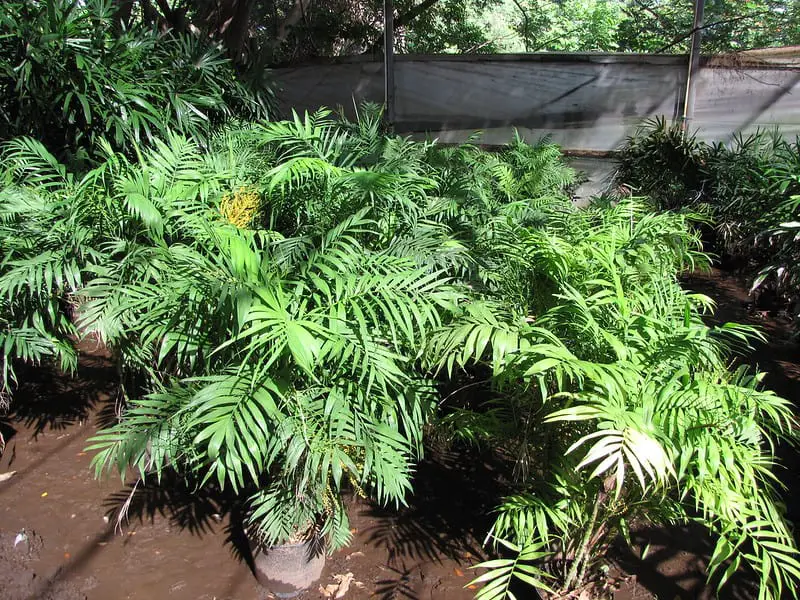
Chamaedorea Elegans, or the Parlor Palm, is a delicate and graceful plant with feathery, arching fronds.
Its compact size and adaptability make it a popular choice for bringing a tropical vibe indoors.
This palm variety thrives in low-light conditions, making it a perfect fit for rooms with filtered or indirect sunlight.
The Parlor Palm’s air-purifying qualities and easygoing nature make it an excellent addition to any indoor space.
9. Chinese Evergreen (Aglaonema)
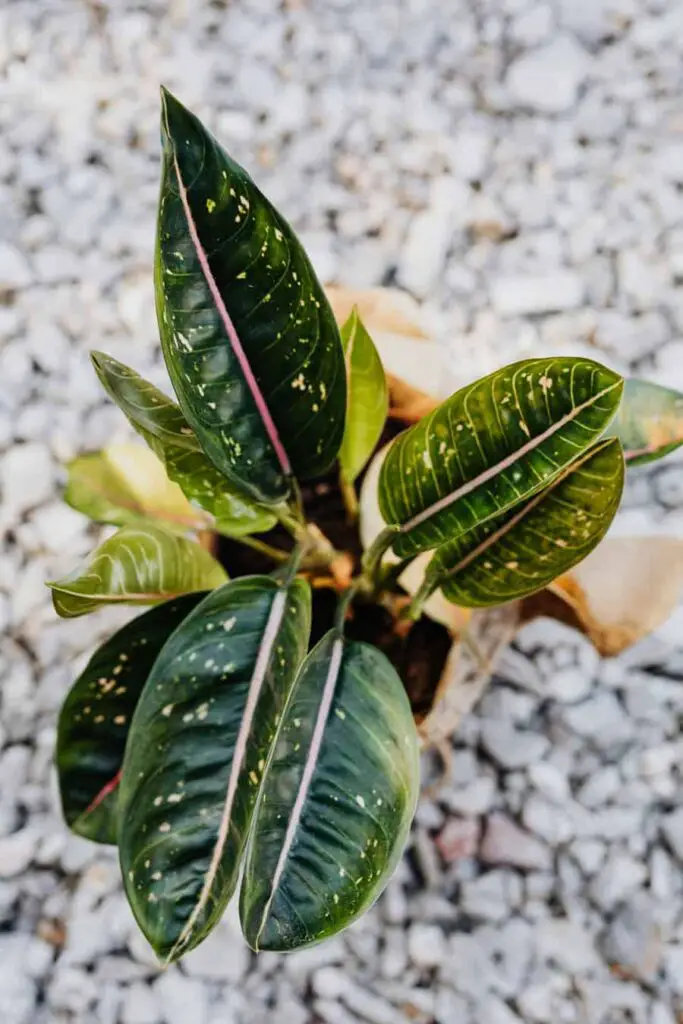
The Chinese Evergreen, or Aglaonema, is prized for its lush, variegated leaves that come in a range of colors and patterns.
It is a resilient and visually appealing plant that adapts well to indoor environments.
Chinese Evergreen is well-suited for low-light conditions and is known for its ability to purify indoor air.
Its striking foliage and adaptability make it a reliable and attractive choice for interior landscapes.
10. Dieffenbachia

Dieffenbachia, with its large, boldly patterned leaves, is a tropical beauty that adds a dramatic flair to indoor spaces. Its upright growth and distinctive foliage make it a standout choice.
Dieffenbachia thrives in low to medium light conditions, making it a versatile option for homes or offices with subdued lighting.
Its striking appearance and air-purifying qualities contribute to a vibrant and healthy indoor environment.
Choosing plants that thrive in low-light conditions not only adds greenery to your indoor spaces but also introduces a sense of nature’s beauty without the need for direct sunlight.
These plants are not just aesthetically pleasing; they also offer health benefits and are perfect companions for creating lush, indoor oases.
